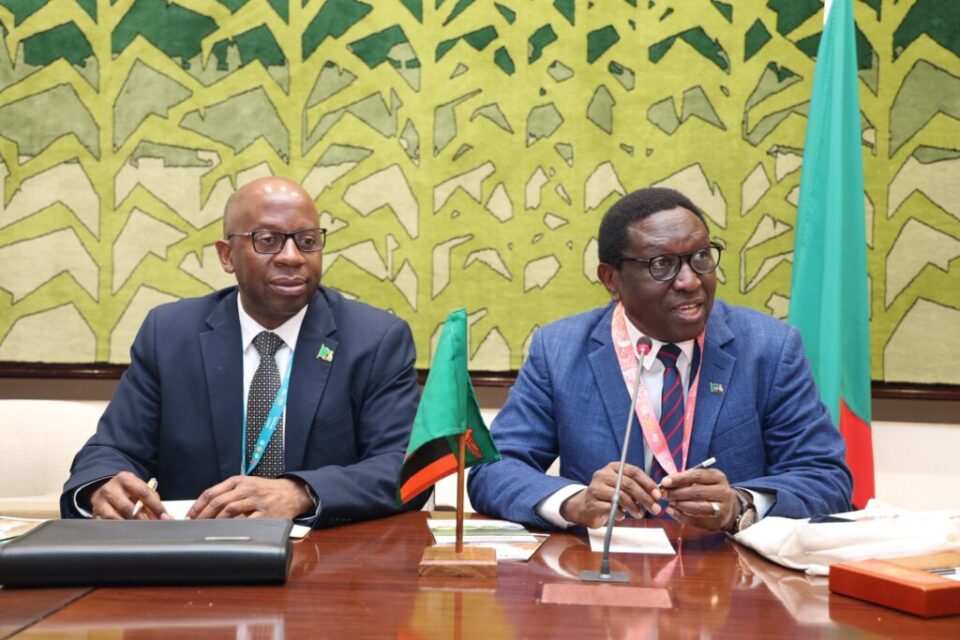Zambia has renewed its call for increased private sector and foreign investment in agriculture, as it works toward becoming a regional food production and export hub in Southern Africa.
Speaking at the Hand in Hand Initiative Investment Forum 2025 hosted by the Food and Agriculture Organization (FAO) in Rome, Minister of Fisheries and Livestock, Eng. Peter Kapala, said Zambia is ready to collaborate with global investors to unlock the full potential of its agriculture sector.
“Zambia is open for business,” Kapala affirmed. “We are eager to partner with private investors and development organizations to expand irrigation, mechanization, and agro-processing—key enablers for sustainable food production and trade.”
He highlighted that Zambia’s strategic geographic position, sharing borders with eight countries and accessing a regional market of over 400 million people, makes it an ideal base for agribusiness and regional food trade.
Ambitious Targets and Enabling Reforms
Under President Hakainde Hichilema’s vision for 2030, Zambia aims to produce 10 million metric tonnes of maize, one million tonnes of soya beans, and one million tonnes of wheat annually.
To achieve these targets, the government has rolled out multiple sector reforms — from seed and livestock regulation updates to mechanization hubs and expanded access to agricultural financing. These measures are designed to enhance productivity and strengthen competitiveness across the crop and livestock value chains.
Empowering Farmers and Promoting Climate-Smart Agriculture
Kapala emphasized the importance of sustainable practices through initiatives like the Sustainable Agriculture Financing Facility (SAFF), which helps farmers — especially smallholders — access affordable loans for solar-powered irrigation systems.
Such programs are critical to enabling year-round farming, reducing dependence on rainfall, and promoting climate-smart, resource-efficient agriculture.
In addition, the government is investing in rural road infrastructure, modern storage facilities, and digital market platforms to improve farmers’ connectivity to local and regional markets.
International Confidence in Zambia’s Agricultural Potential
Marija Milivojevic, Swedish Minister Counsellor and Deputy Permanent Representative to the FAO, commended Zambia for fostering an investor-friendly environment. She highlighted Bayer’s €32 million maize seed facility in Kabwe as a prime example of successful international collaboration.
The facility, which triples Bayer’s seed production capacity, will support maize consumption for an estimated 30 million people in the region and forms part of Bayer’s Itaba Project — an initiative targeting 6.4 million smallholder farmers across Zambia and Sub-Saharan Africa this year, with plans to reach 10 million by 2030.
Zambia’s Vision: A Regional Food Powerhouse
Kapala reaffirmed Zambia’s commitment to large-scale, high-impact investments that create jobs, boost exports, and ensure national and regional food security.
“We want to see more investments like Bayer’s—projects that transfer technology, empower farmers, and build resilient agricultural systems,” he said.
He urged donor agencies and international financial institutions (IFIs) to direct more funding into irrigation, mechanization, and agricultural research, citing Zambia’s rich natural resources and favorable climate as strong foundations for long-term investment success.
With these strategic efforts, Zambia is positioning itself not just as a food-secure nation, but as a driving force for sustainable agriculture in Africa.



